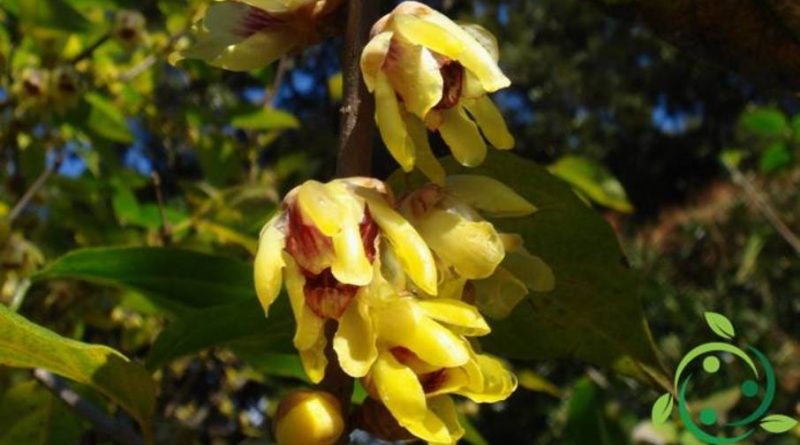How to grow Calicanto
How to grow Calicanto
The Calicanto or Calicanto of winter (Chimonanthus Lindl., 1819) belongs to a genus of plants of the Calycanthaceae family. The species that is most used for ornamental purposes is the Chimonanthus praecox and it is a plant native to Asia with small and inconspicuous but very fragrant flowers. It is used as an ornamental plant in the gardens for its fragrant winter flowering and is industrially grown for the production of cut flowering branches to decorate the apartments.
In this card we will see how to grow Calicanto and the most suitable agronomic techniques and tricks.
This plant is a small deciduous shrub that in the heart of winter, in January, is covered with small yellow flowers with a very sweet and intense aroma.
For its cultivation it is advisable to plant it along small avenues or places near the house to enjoy its fragrance more.
In the months in which the flowering is not present, the Calicanto is covered with pleasant ornamental green leaves and, in general, a less decorative aspect. For this reason it must be inserted together with other species with different flowering and different vegetative cycle.
To obtain an abundant flowering in any case it is necessary that the plant is placed in full sun, in a position sheltered from the coldest winds. It is good all over Italy except in the Alps, where the cold is too intense and therefore not suitable for the cultivation of this plant. as regards the pedological aspects, the Calicanto prefers medium-textured or even clayey soils, provided they are well-drained; does not like poor, sandy or stony soils.
Before the plant and then every year, preferably in November, it is necessary to fertilize with mature manure or, in the absence of this, with an organic fertilizer to be mixed in the first layers of soil.
The presence of a good organic endowment and a position in full sun allow this plant to have abundant and fragrant blooms.
As for pruning, this operation must be done in the period of March, immediately after flowering. The purpose of pruning is to maintain the shape you have chosen, but above all to eliminate the twigs and the now-dry parts; for this reason, after flowering, we remove the branches that may have been ruined by the cold and we cut the highest branches, so that over time the shrub does not tend to empty itself of branches at the bottom.
It should also be remembered that it is not a plant that can be grown in pots.
Finally the irrigations. The Chimonanthus praecox has limited water requirements since irrigation is essential in the first years of the plant, after which it is satisfied with rainfall only. It is however necessary that, during the driest summers, we intervene with some intervention to ensure healthy growth, about once a week.
To irrigate the plant we recommend the drip system located under each individual plant; system that allows a high irrigation efficiency and a perfect vegetative response of the plant. in this case the irrigation shifts can be even more frequent and with watering periods that can range from 10 to 20 minutes depending on the type of soil; shifts should be brought closer together if they are more loose and removed in the case of more clayey soils.
Regarding the mode of propagation, these shrubs are also easily obtained from seed, taking fresh seeds and placing them in a mixture of peat and sand in equal parts, which must be kept moist until the seeds are completely germinated. The small plants thus obtained can be planted in the garden two years after germination, while when they are still small it is advisable to grow them in pots, in a place protected from the weather.
The multiplication can also take place by means of layering in October, by splitting the shoots in spring or by cutting, always in the first months of autumn.
As for adversity, if the plant is grown in full sun and without the use of nitric fertilizers, it should not have problems with aphids (which could occur in early spring) or scale insects.

